These oddball Jeeps and far-out concepts lay the foundation for this week’s SUV unveilings
Jeep will reveal a pair of vehicles that move the brand in new directions in the coming days. They’re the latest step in an 80-year evolution that has seen Jeep break new trails, take some wrong turns and develop some of the auto industry’s forgotten oddballs and most iconic vehicles.
Jeep’s history is a story of constant innovation, with the risk that goes with it.
“Jeep was never meant to be a brand,” said Jeep design chief Mark Allen, who’s worked on production and concept Jeeps since 1984. “Before WWII, the Army had a problem and Willys solved it” with the original military Jeep. “After the war, they said, ‘Now what?’”
That began decades of throwing stuff at the wall to see what stuck. Jeep creates icons and oddities. The brand’s loyalists can be counted on to tell the automaker which is which.
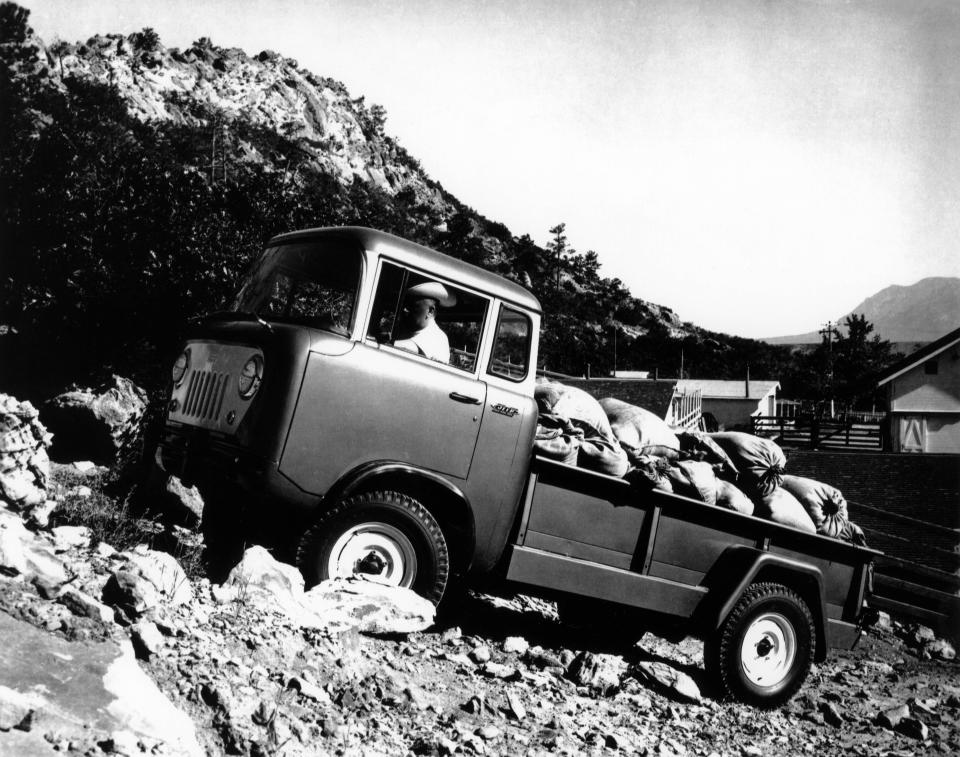
“They’ve got a propensity for oddball vehicles, but people crave authenticity,” Cox Automotive Executive Editor Brian Moody said. “You could say the Wrangler’s an oddball, but they stuck with it while other brands abandoned off-roading. Jeep kept making it better and said, ‘This is who we are.’ "
Here are some of the other production and concept vehicles Jeep has introduced since 1949. They represent just about every kind of vehicle, but every one is recognizably a Jeep, and nearly all have significant off-road capability.
Election 2020: Trump, Biden tout contrasting economic plans. Which will restore jobs faster?
How can you boost your 401(k)?: Follow these baby boomer aging trends
Willys or Jeep station wagon
Arguably the first SUV, the wagon added four-wheel drive in 1949. It was the first station wagon with an all-steel body, Jeep historian Brandt Rosenbusch said. In a world full of ‘woodie’ wagons, that innovation was jarring enough that Willys painted the bodies on many to resemble two-tone wood.
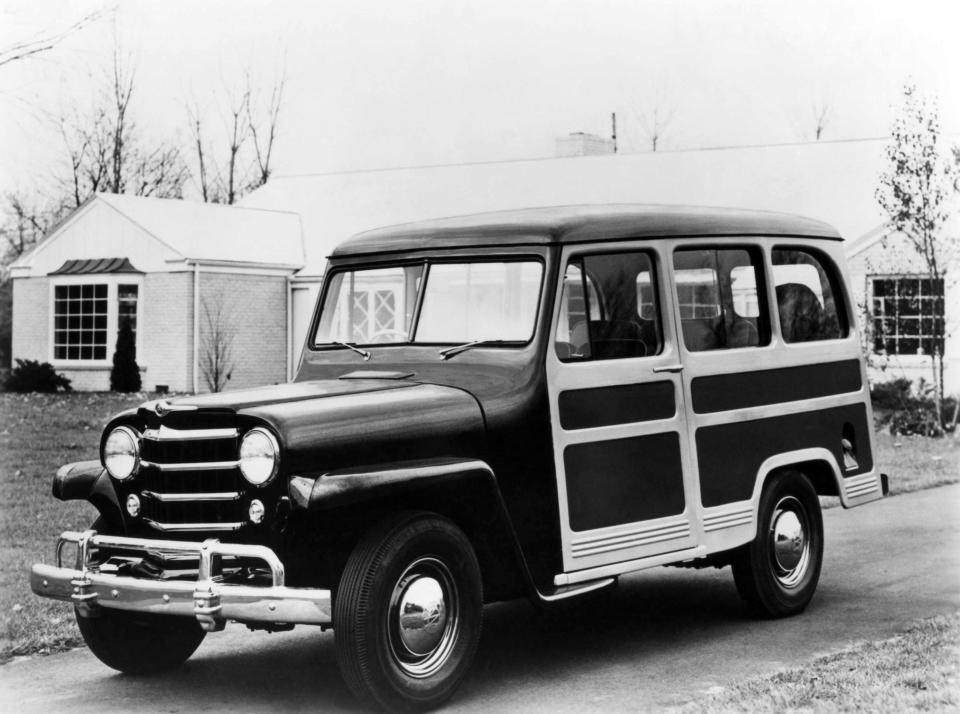
Their sheet metal was stamped by appliance makers, because larger automakers had locked up capacity at companies that could form steel in swoopy curves. The wagon’s sides were more like a refrigerator than other 1940s and ‘50s cars. Built in variations that included a pickup and panel delivery van, it remained in production until 1965.
Jeepster
A passenger car with Jeep-style grille, headlights and fenders, the Jeepster was introduced in 1949 to compete with MG and other post-war British convertibles, Rosenbusch said.

Jeepster Commando
The Jeepster name lived on in this 4WD pickup, built in station wagon, pickup and roadster variants from 1966-73, Rosenbusch said.
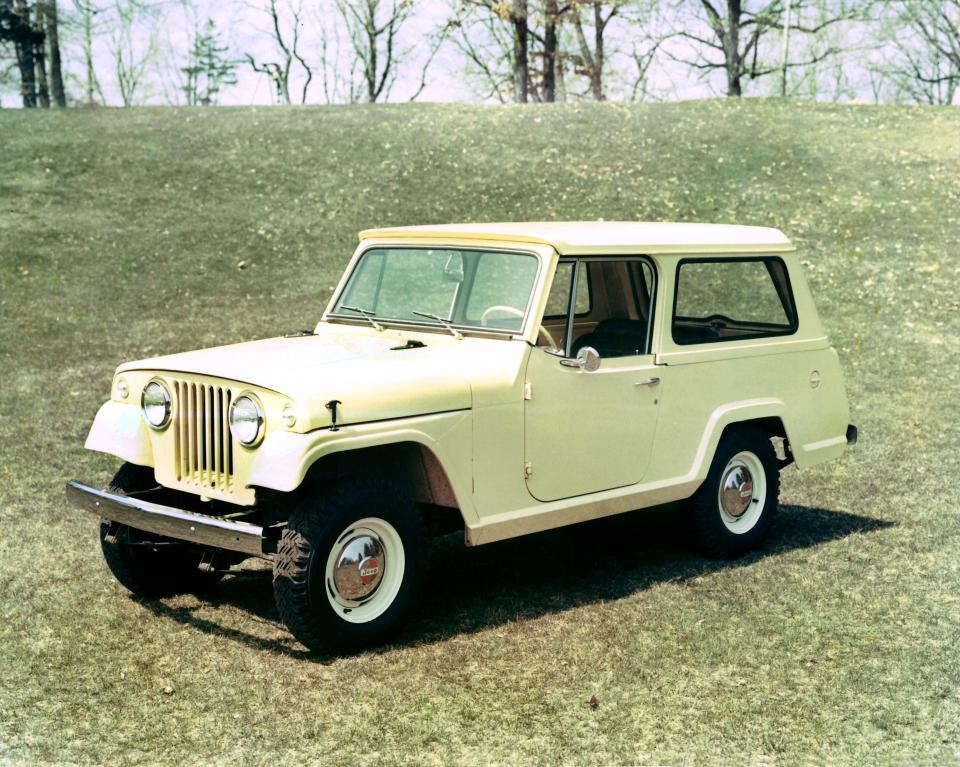
Mechanical mule
Built to US Army specifications, the mule was essentially a military Jeep with the body replaced by a flat load surface, practically a motorized dolly. Built from 1959-62, it could be stacked for transport in freighters or parachuted out of a plane. In addition to cargo duty on base, a few were modified as platforms for recoilless rifle artillery guns.
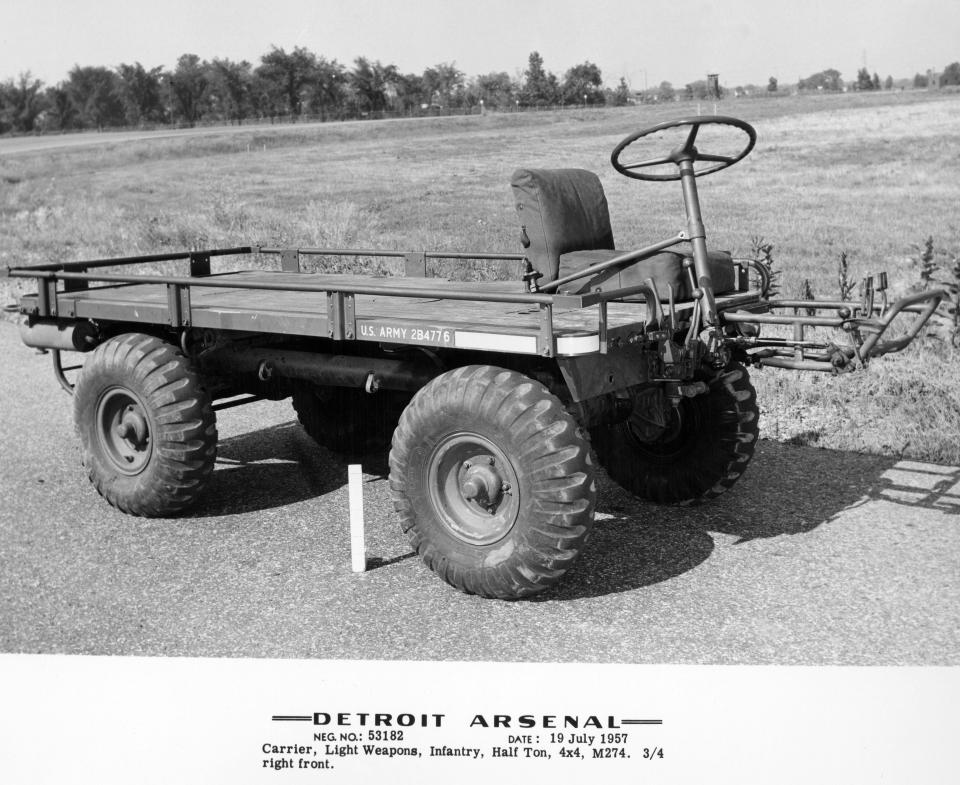
Forward Control
The first cab-over small pickup, the FC was a workhorse, built in ¾ and 1-ton models in several countries in the 1950s and ‘60s. It served as everything from a tow truck to flatbeds and fire engines. Kaiser, which owned Jeep during the FC’s run, kept notoriously poor records, but Rosenbusch thinks fewer than 50,000 were built.
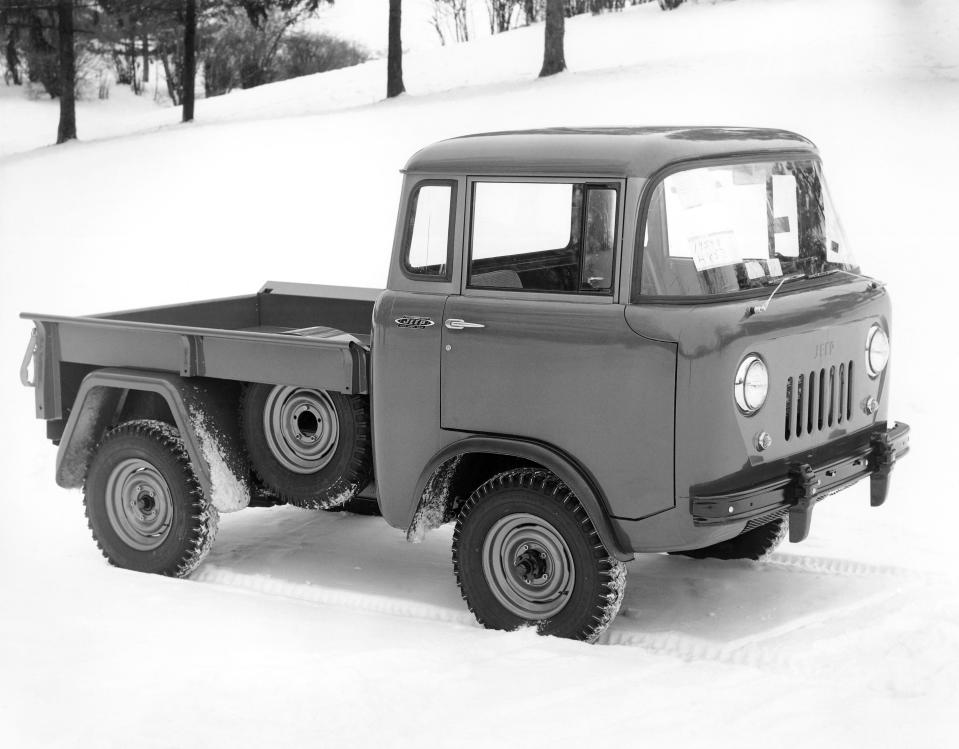
“They hold up pretty well,” Rosenbusch said. “Two or three show up at every Jeep event.”
Surrey Gala

Based on the rear-wheel drive DJ2A, this party animal was primarily made in pink and blue and sold to resorts in tropical areas. The canvas top features a fringe of tassels. The Surrey Gala was built from 1959 until around 1965.
Postal vehicles
The mainstay delivery vehicle from 1955 into the 1980s, the rear-drive DJ Jeep carried on through snow, heat and gloom of night for the U.S. Postal Service and other customers including Canada Post.
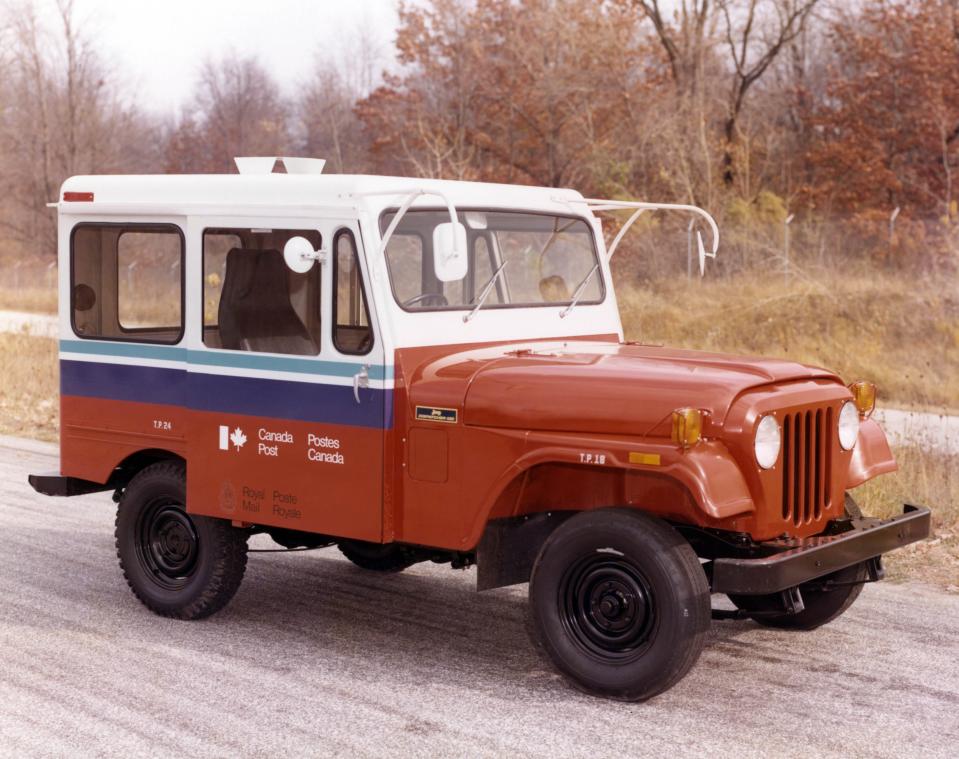
Wagoneer
Arguably the first premium SUV, the roomy Wagoneer was definitely the first 4WD SUV with then-cushy features like a radio and window defrost, Rosenbusch said. It also featured an independent front suspension that used a transverse-mounted leaf spring. The 1963 Gladiator pickup used the same frame and mechanical systems.

Comanche
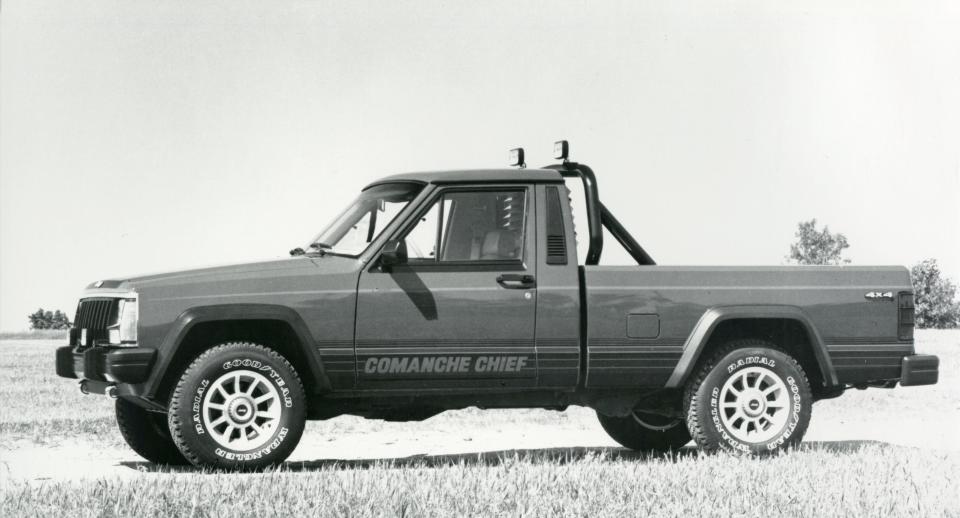
This midsize pickup was a casualty of Chrysler’s acquisition of American Motors. It debuted in 1987, but was discontinued in 1992 because it competed with the Dodge Dakota.
Scrambler
Built on a lengthened version of the CJ7, which preceded the Wrangler, the Scrambler came with hard or convertible tops. Produced from 1981-85, it’s considered very collectible today.
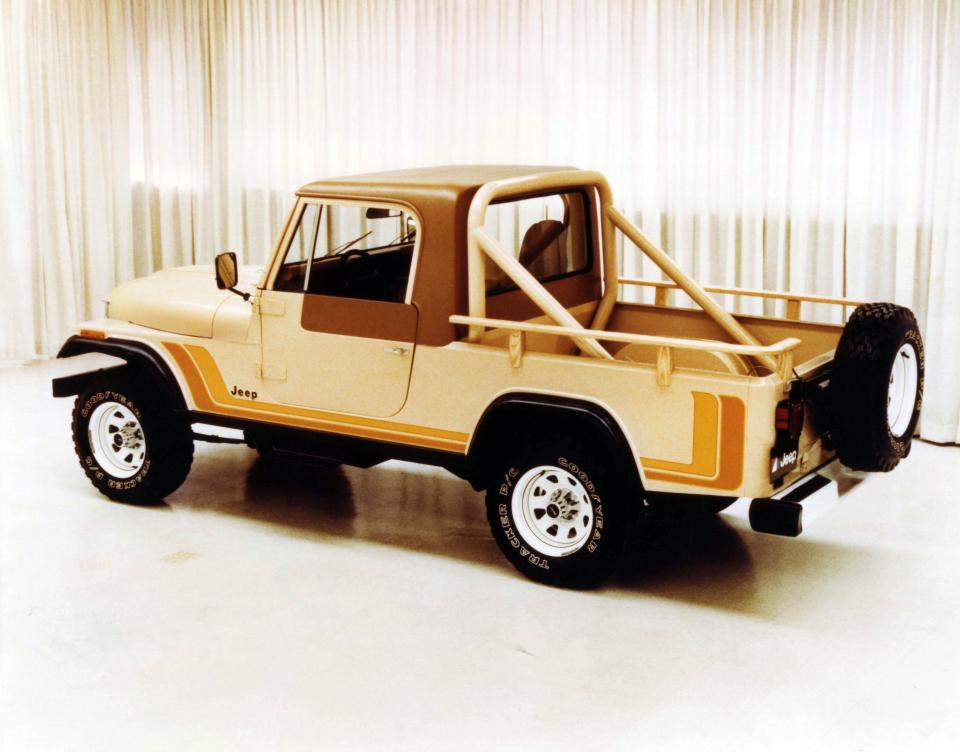
Hits from the Moab Easter Jeep Safari
Every year, Jeep brings a team of engineers, designers and execs to the Moab Easter Jeep Safari, an off-roading fan fest that’s become a venue for wild new concepts and a test bed for ideas bound for production.
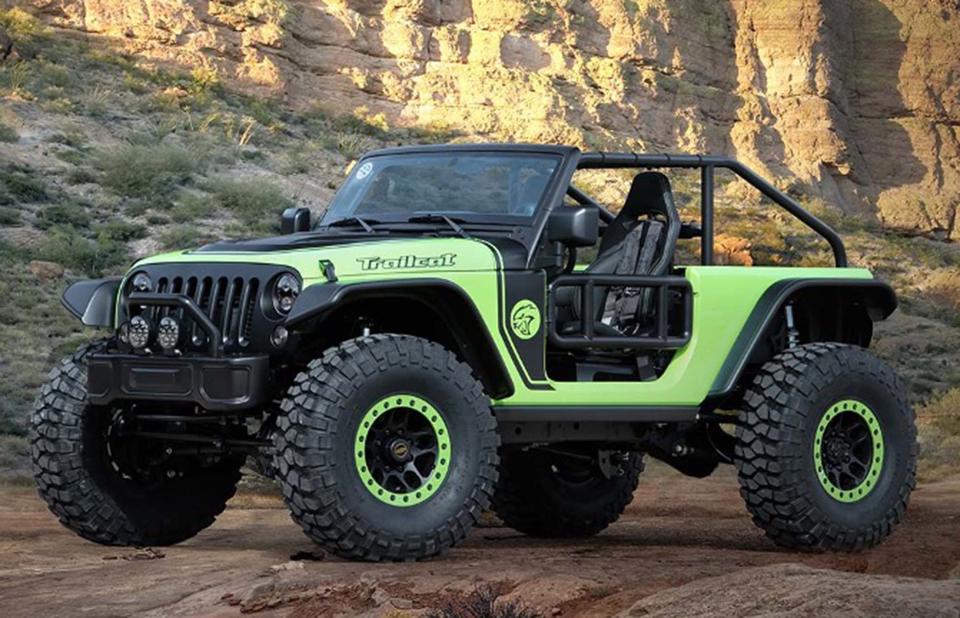
“We’ve lifted colors and textures for production models from Moab concepts,’ Allen said.
The feedback loop goes deeper than that. The Hemi V8 Wrangler Jeep is expected to introduce next year was previewed by a Moab concept called the Trailcat. Another Hemi-powered Wrangler was the most popular concept ever at the event. It featured 40-inch tires and a chopped body so it was no taller than a stock model.
Other concepts paid tribute to Jeep’s history with the U.S. military, a key part of the brand’s identity.

Moab concepts have included engineering projects to reduce vehicle weight, a key enabler for off-road ability, Allen said.
“You don’t want a lot of weight in serious rock climbing,” Allen said. “A lighter vehicle makes you a hero.” One of the concepts, called the Stitch, weighed 1,000 pounds less than a production Wrangler. “It was so light, it just rose on its springs,” Allen said. “We didn’t have to lift it.”
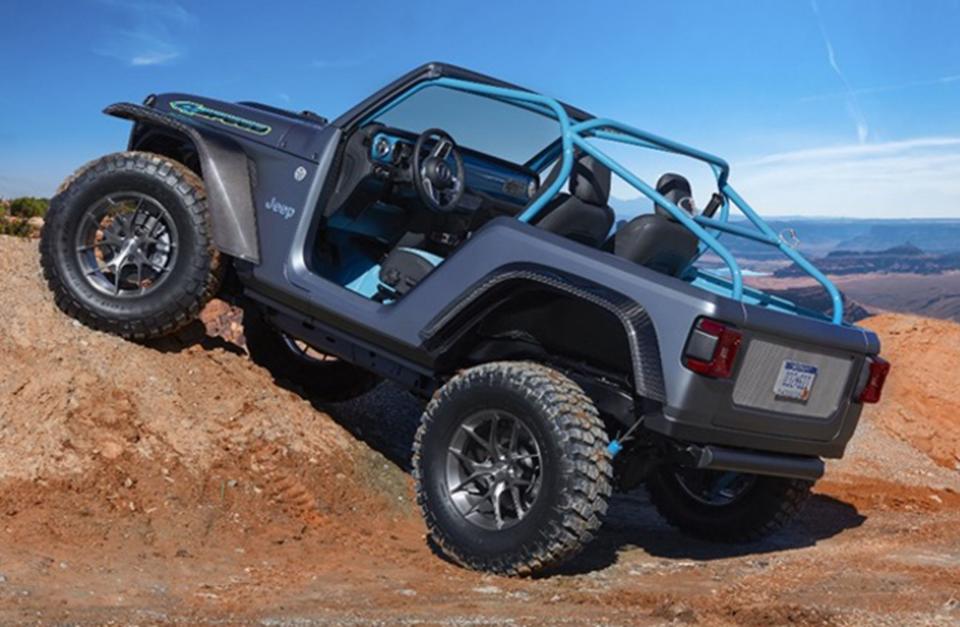
Pickup concepts helped keep the idea of a Jeep pickup alive during the decades between production models.
Even the peculiar Forward Control Jeep has begat a couple of popular concepts, and like every vehicle built for Moab, they got a baptism of fire on the area’s famous off-road trails.
Jeep designers began making Moab concepts early in this century. They create three or four every year. FCA’s Mopar aftermarket parts group also uses Moab to gauge interest in specialty models and new accessories.
This article originally appeared on Detroit Free Press: These weird Jeeps laid the foundation for upcoming luxe SUV debut

